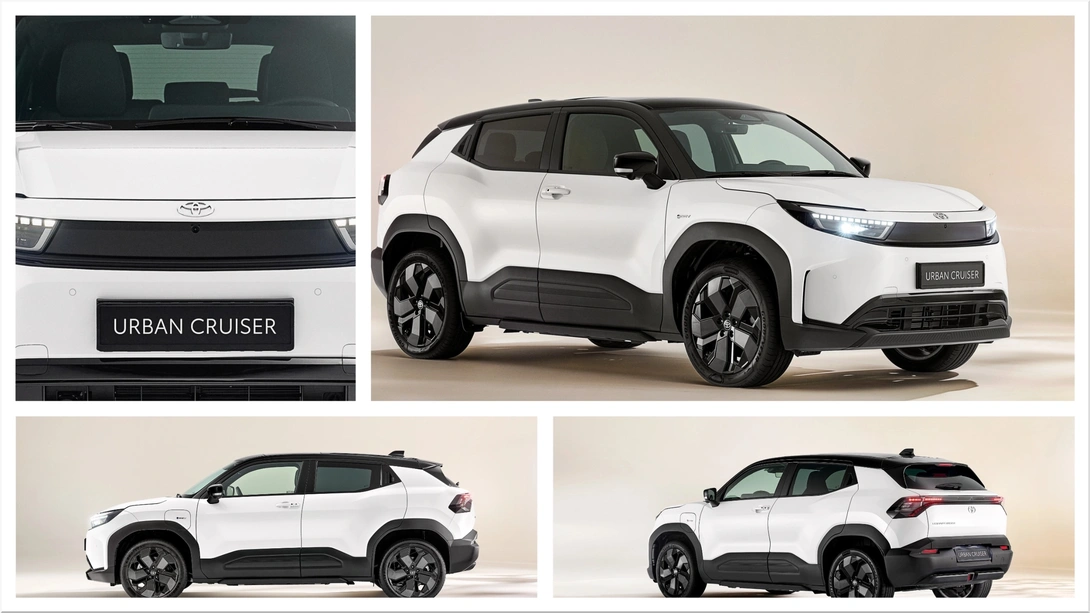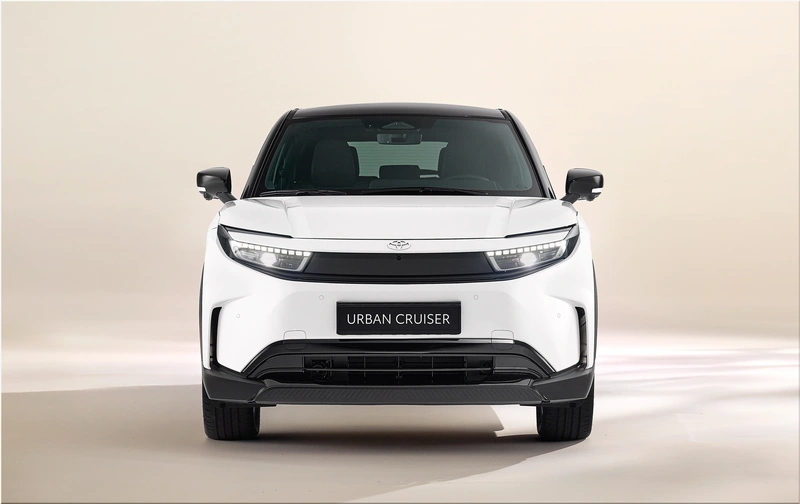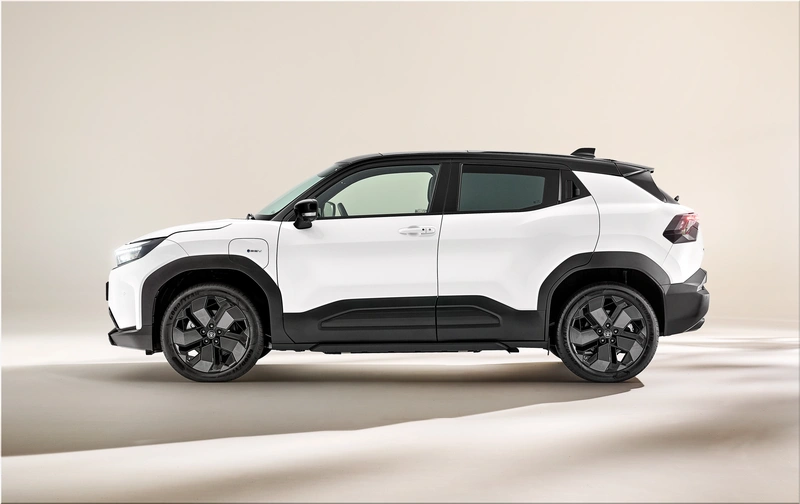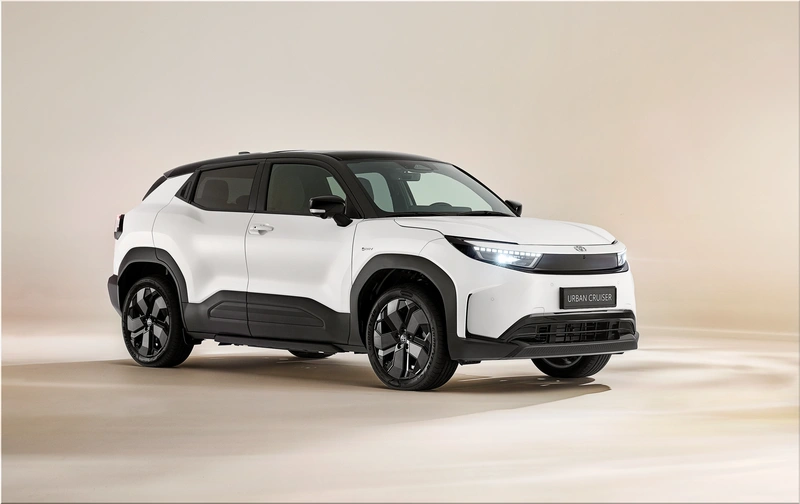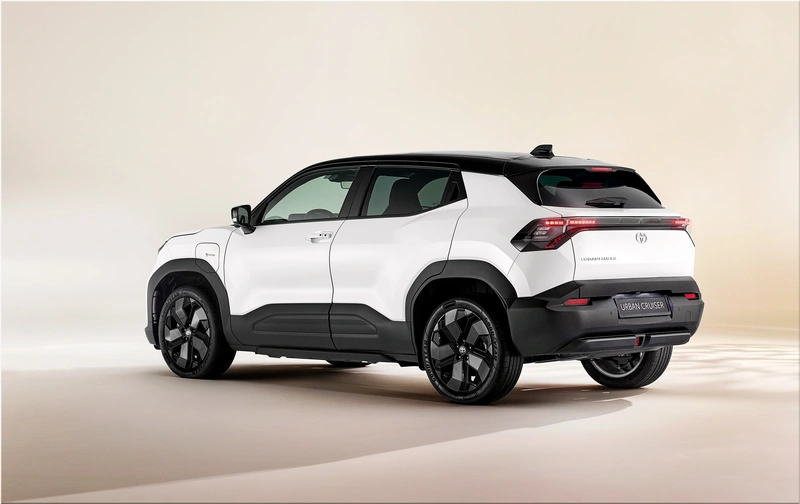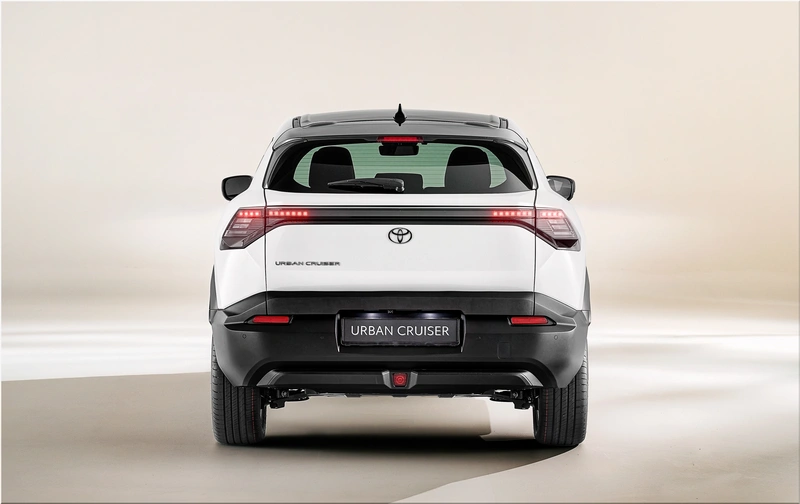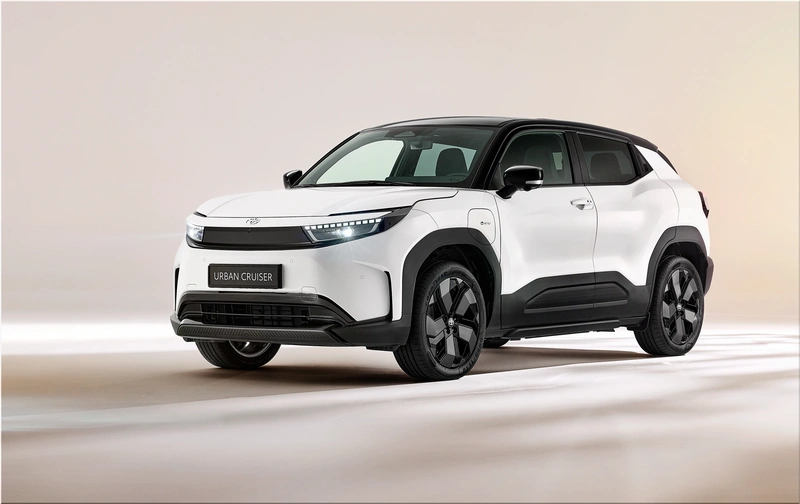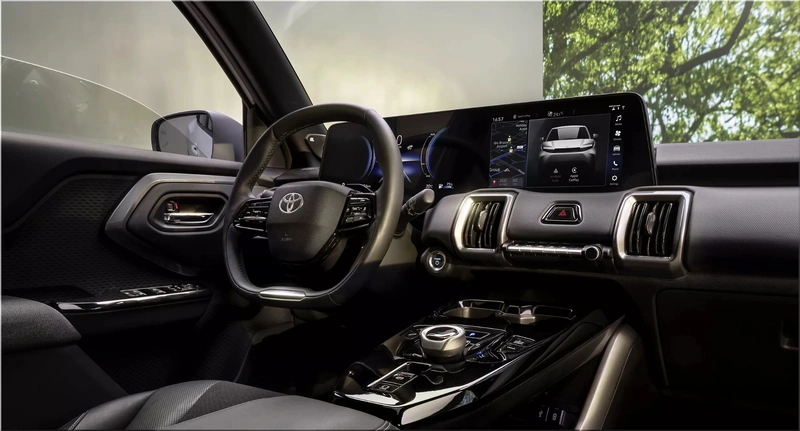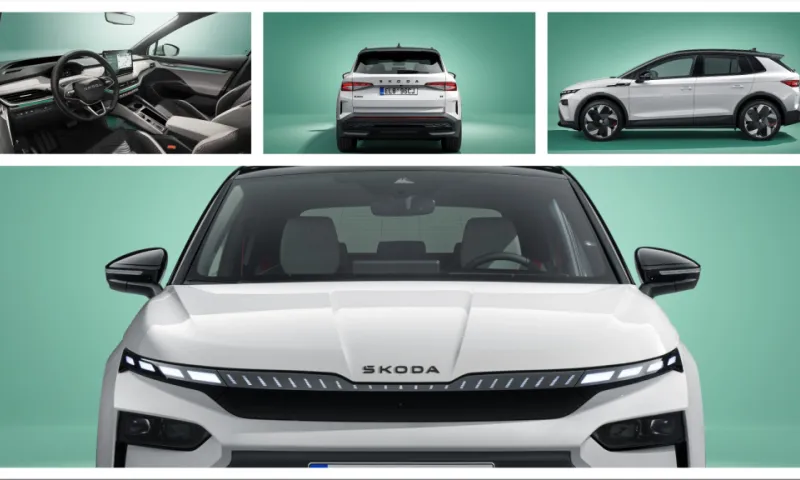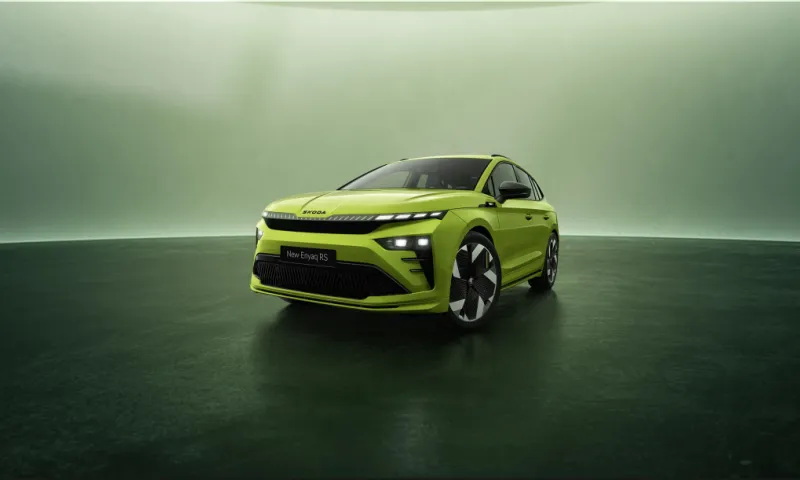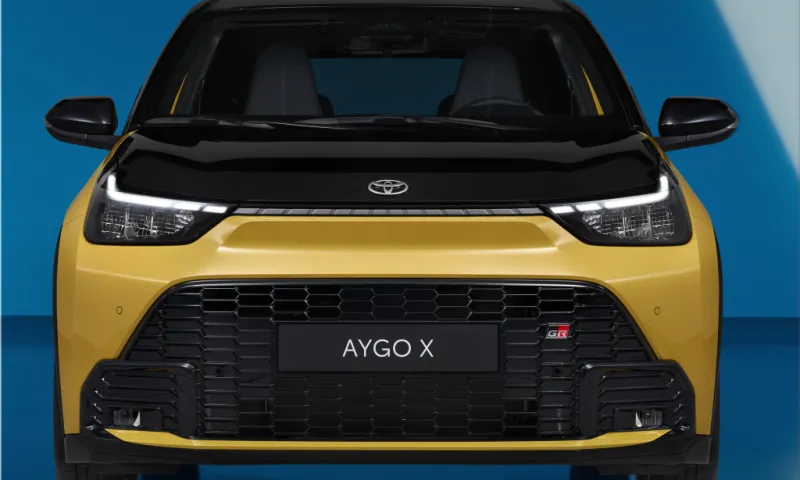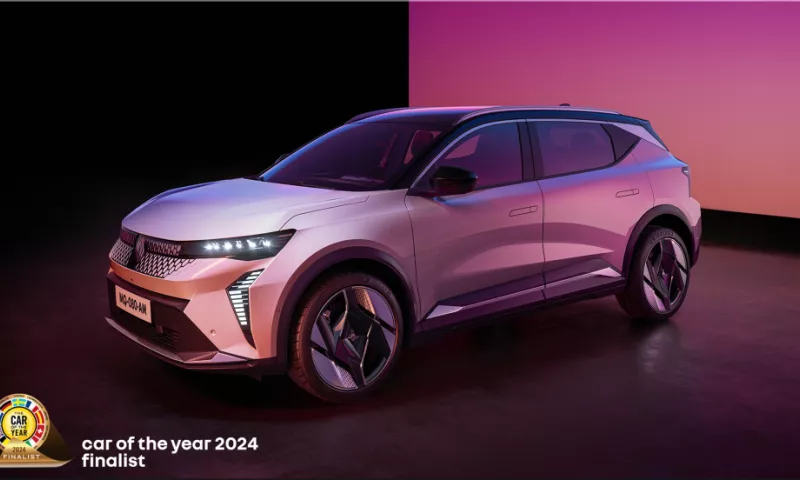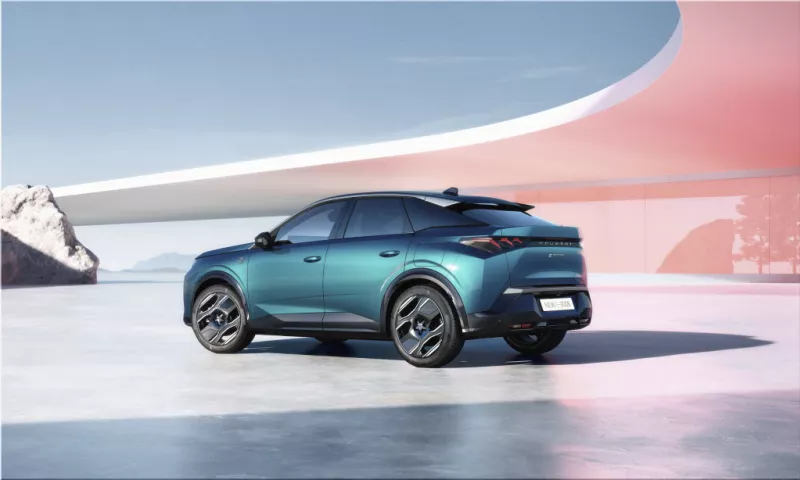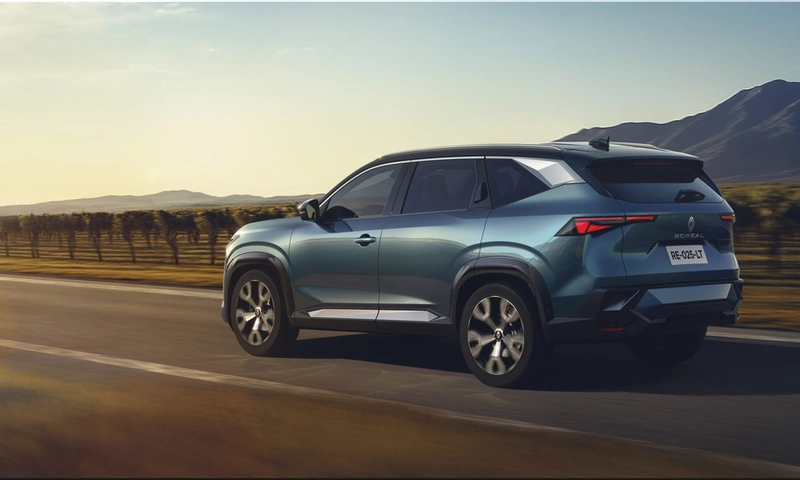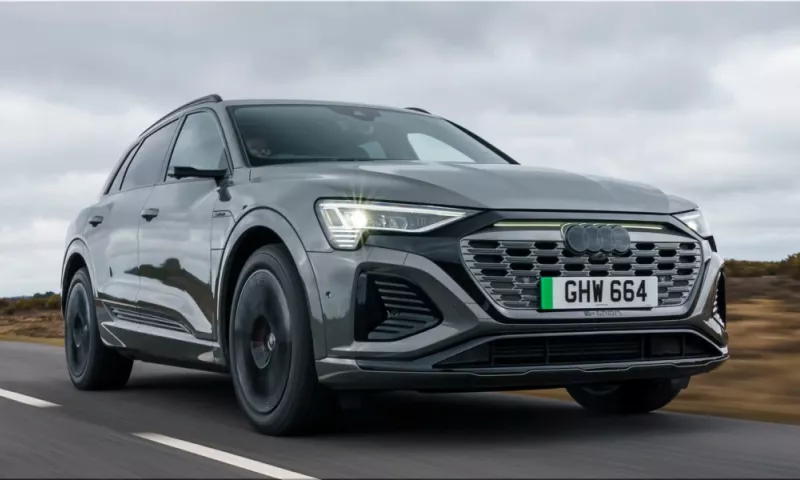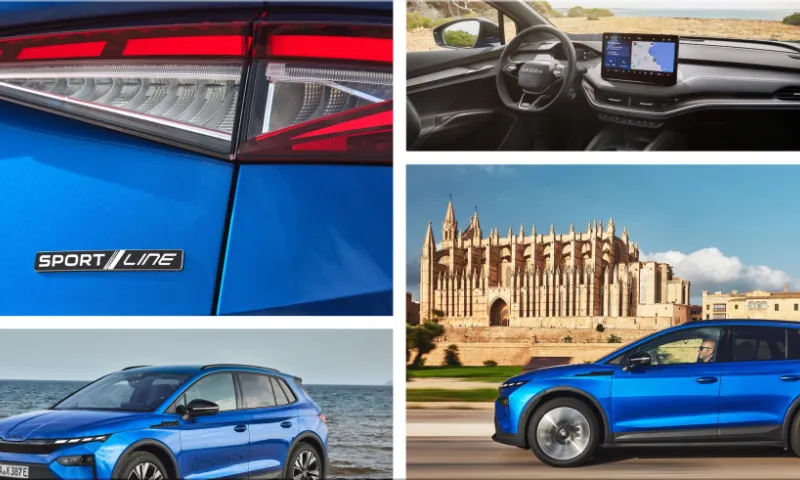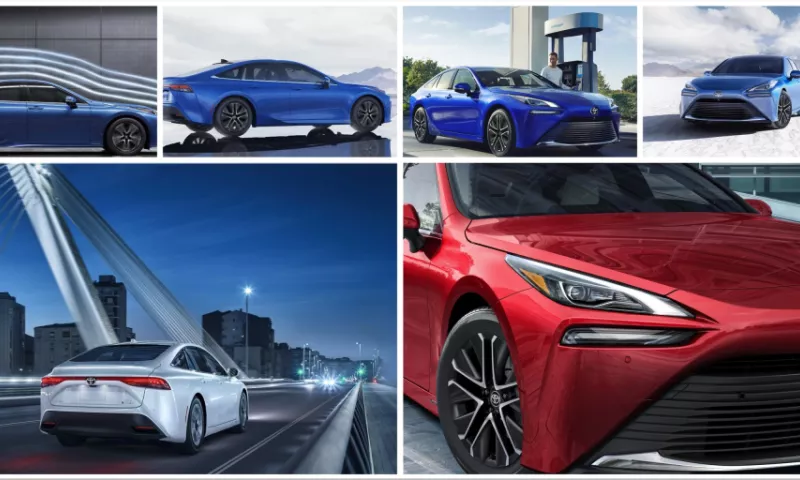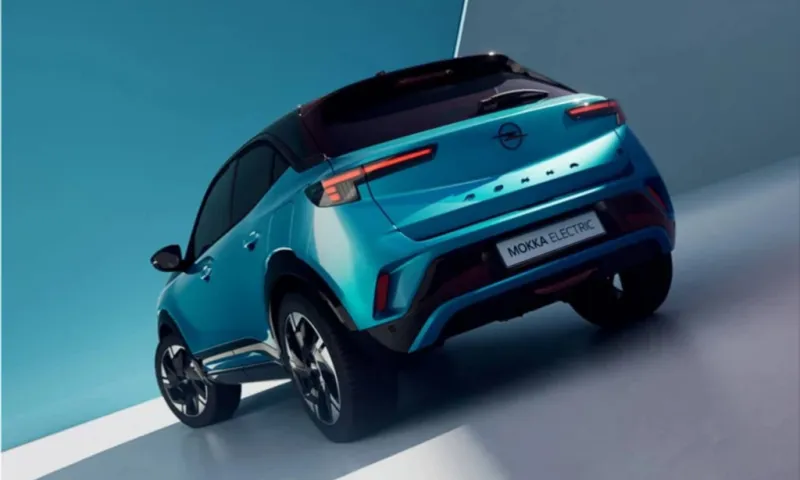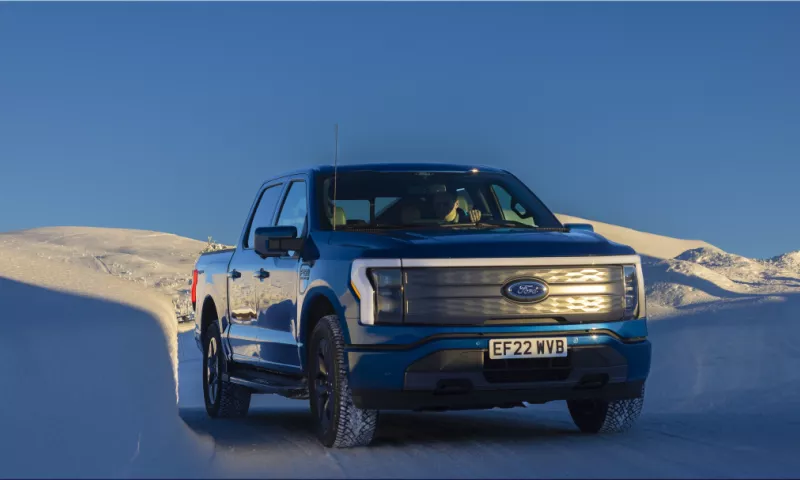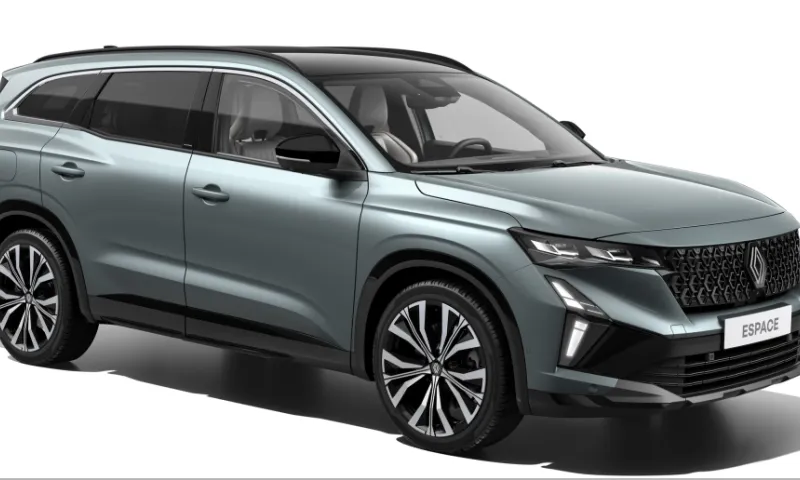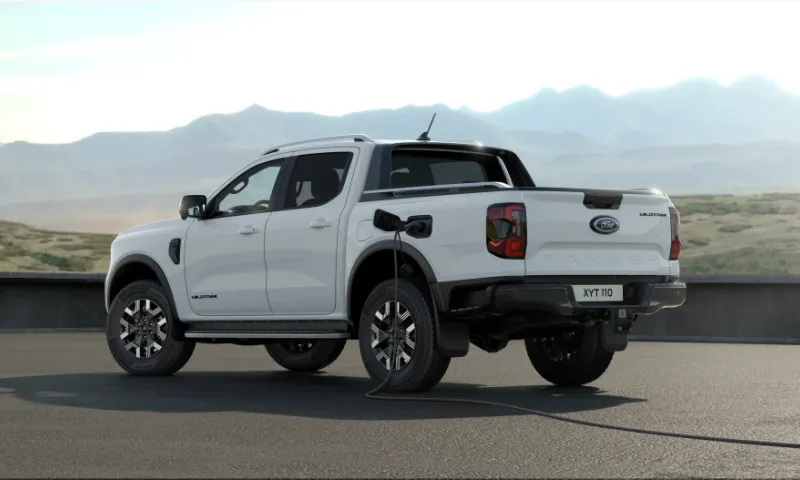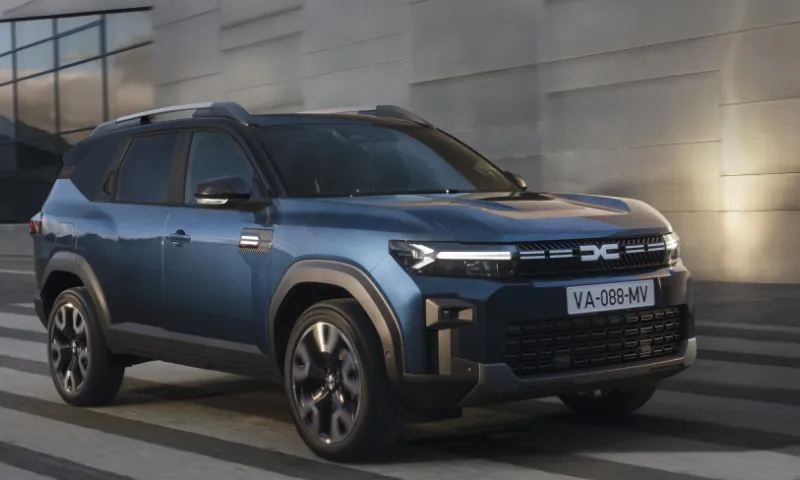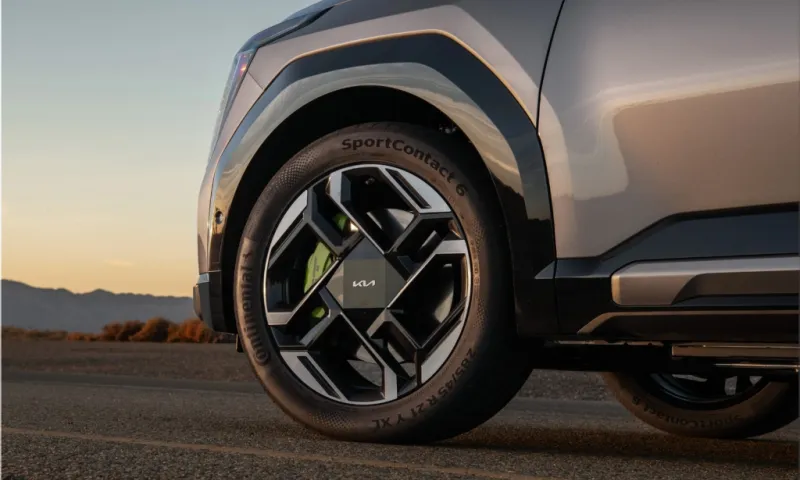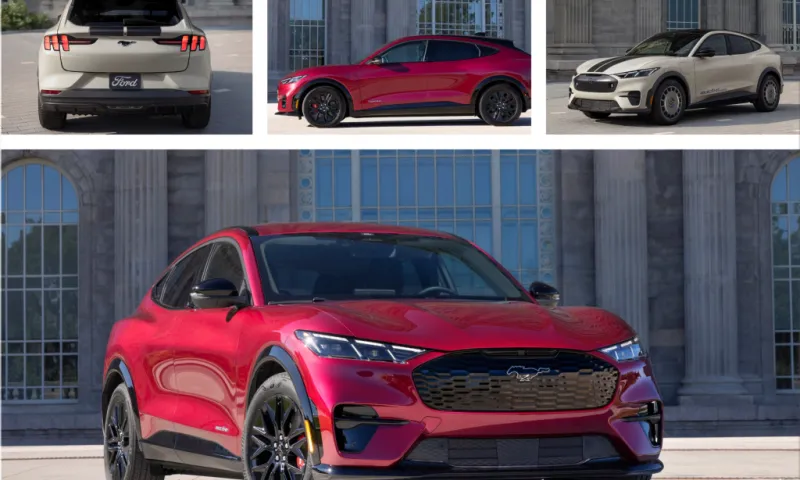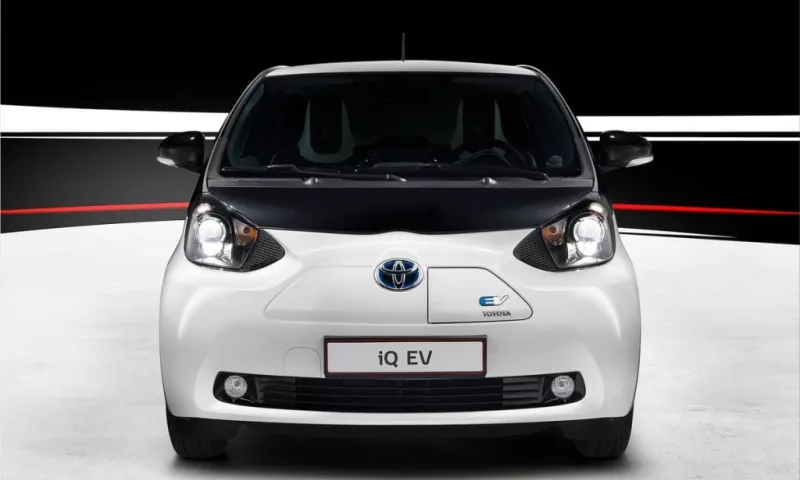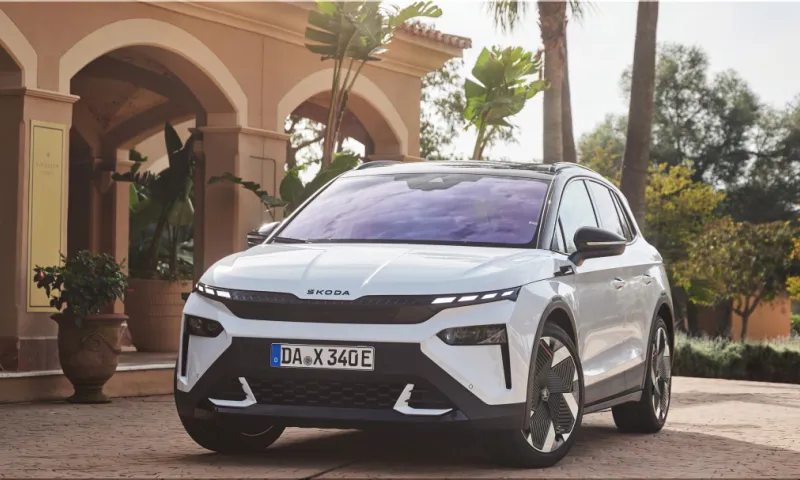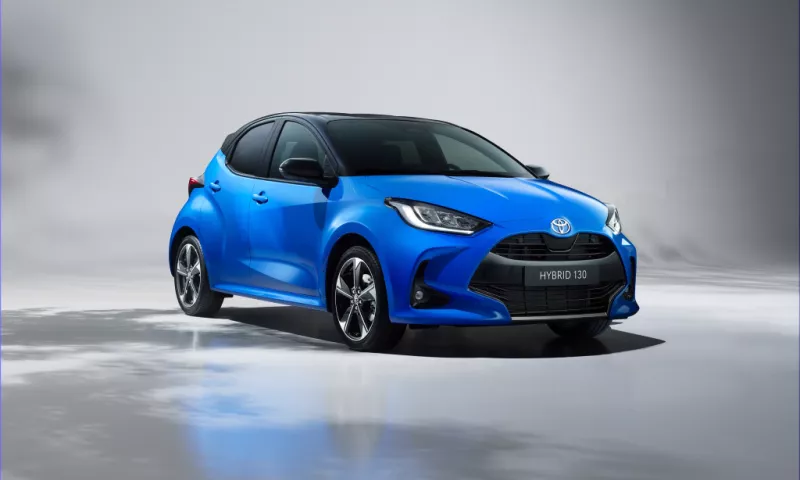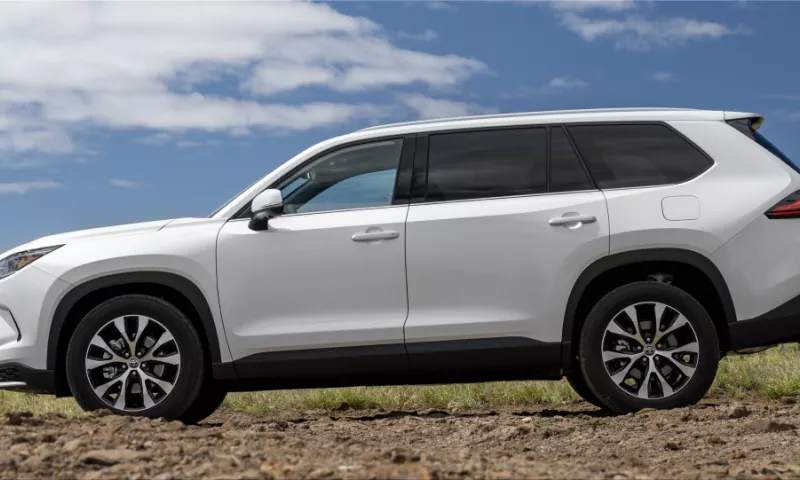Toyota’s All-Electric B-SUV Challenger Enters European Market
Toyota’s newest electric vehicle, the 2026 Toyota Urban Cruiser, targets one of the most competitive segments in Europe—the B-segment SUV class. Built on a dedicated BEV platform with multiple powertrain options and strong interior utility, this isn’t a compliance car or a placeholder. It's Toyota filling a glaring gap in its European EV lineup.
Key Highlights at a Glance
| Feature | 49 kWh Variant | 61 kWh Variant |
|---|---|---|
| Drivetrain | FWD | FWD or AWD |
| Power | 142 hp (106 kW) | 172 hp (128 kW) |
| Torque | 193 Nm | 193 Nm |
| Estimated Range (WLTP) | 214 miles | 265 miles |
| 0–62 mph | 9.6 seconds | 8.7 seconds |
| Charging (DC 10–80%) | ~45 minutes | ~45 minutes |
| AC Charging (11kW, 0–100%) | ~6 hours | ~6 hours |
| Towing Capacity | 750 kg (braked) | 750 kg (braked) |
Compact, But Practical
Despite being smaller than Toyota’s RAV4, the Urban Cruiser’s 2,700 mm wheelbase surpasses that of the Yaris Cross by 140 mm. The result is more interior room and a sliding rear seat that increases flexibility. Rear seat passengers get up to 850 mm of legroom—rivaling mid-size SUVs.
Cargo space isn't sacrificed:
- 306 liters with seats forward
- 238 liters with seats back
- Up to 562 liters with seats folded
Toyota designed this BEV platform without intrusive cross-members, optimizing for cabin space and allowing a flat battery pack layout.
Built on a Dedicated BEV Architecture
This isn’t a modified ICE or hybrid chassis. The 2026 Urban Cruiser rides on Toyota’s new dedicated BEV platform, engineered for maximum rigidity, interior space, and low weight.
Key structural and aerodynamic advantages include:
- Lithium-iron phosphate battery integrated into the floor
- Flat underbody aero panels for better drag management
- High-strength steel use for torsional rigidity
- Low center of gravity improves stability
Noise Suppression Built In
EVs lack engine noise, which means road and wind noise become more noticeable. Toyota mitigates this with:
- Sound-insulating baffles
- Laminated windshield glass
- Battery structure doubling as a noise barrier
- Isolated eAxle mounts
Dual Battery Strategy for Cost and Range Optimization
Toyota targets price-conscious buyers with a 49 kWh variant that still delivers over 200 miles of range. For drivers needing longer commutes or occasional road trips, the 61 kWh pack extends the range up to 265 miles WLTP.
Both packs use lithium-iron phosphate chemistry, chosen for durability, safety, and cost advantages over nickel-based systems. No word yet on pricing, but expect a starting point near $32,000 USD, scaling up to $38,000 USD for the AWD trim with the larger battery.
